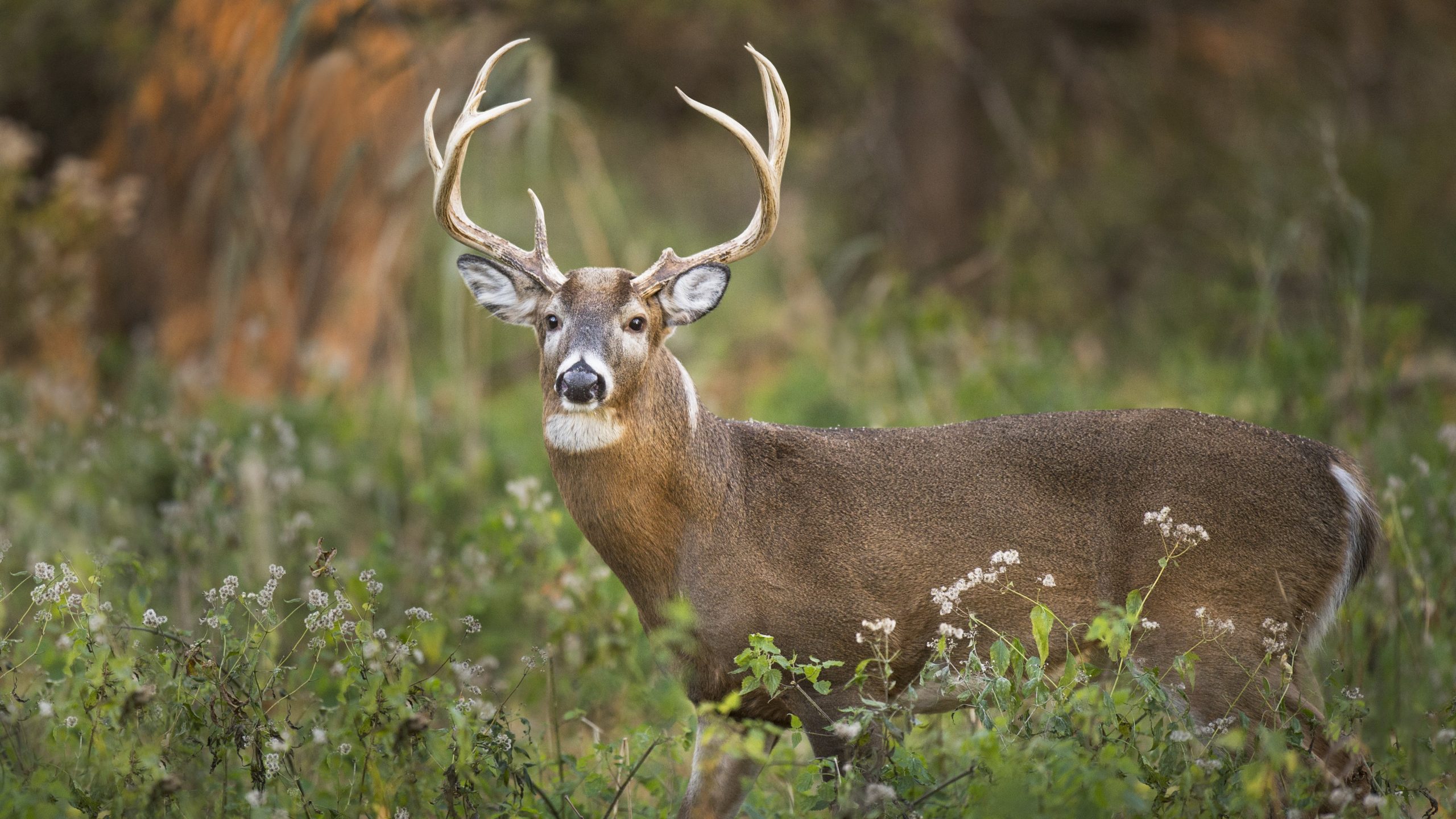Key points
- Chronic wasting disease affects deer, elk and similar animals in the United States and a few other countries.
- The disease hasn't been shown to infect people.
- However, it might be a risk to people if they have contact with or eat meat from animals infected with CWD.

Overview
Chronic wasting disease (CWD) is a prion disease that affects deer, elk, moose and similar animals. It has been reported in the United States, Canada, Norway, Finland, Sweden and South Korea.
No CWD infections in people have ever been reported. And it's not known if people can even get infected with CWD. However, CWD is related to another prion disease in animals that does infect people. So, it is considered a theoretical risk to people.
Some studies in monkeys suggest they can get CWD by eating meat or brain tissues of infected deer or elk. These studies raise concerns CWD may also pose a risk to people.
Exposure risks
In the United States, CWD was first identified in the 1960s in captive deer. In 1981, the first wild deer with CWD was reported. Since then, the disease has been reported in wild deer in more than half of U.S. states. It's possible that CWD is also in other states but hasn't been reported yet. Once the disease is established in an area, the CWD prions can stay in the environment (soil) for years.
If CWD could spread to people, it would most likely be by eating meat from an infected animal. A CDC survey of U.S. residents showed nearly 1 in 5 said they had hunted deer or elk. More than 6 in 10 said they had eaten venison or elk meat. These groups would likely be most at risk if CWD spreads to people.
Causes
Chronic wasting disease is a type of prion disease. Prions are proteins that are normally found in the body. In rare cases, the proteins misfold, causing serious symptoms in the animal or person affected. Once a person or animal gets sick, the disease moves to the brain and spine and eventually leads to death.
Scientists believe CWD proteins (prions) spread between animals through body fluids like feces, saliva, blood, or urine. This can occur either through direct contact or indirectly through contamination of soil, food or water.
Reducing risk
When hunting in areas with CWD activity, follow these steps to reduce your risk of contact with the disease:
- Do not shoot, handle or eat animals that look sick or act strangely.
- Do not touch or eat meat from animals found dead (roadkill)
When field-dressing a deer or handling meat:
- Wear latex or rubber gloves
- Avoid handling its internal organs, especially the brain or spine.
- Do not use knives or other tools you use in your kitchen.
Check state wildlife and health department recommendations before you hunt. See if they recommend or require testing animals for CWD in the hunting area. Recommendations vary by state.
Strongly consider having the deer or elk tested for CWD before you eat the meat. If your deer is processed commercially, consider asking to have your animal be processed individually. This ensures you are only getting meat from your animal. If your animal tests positive for CWD, do not eat meat from that animal.
